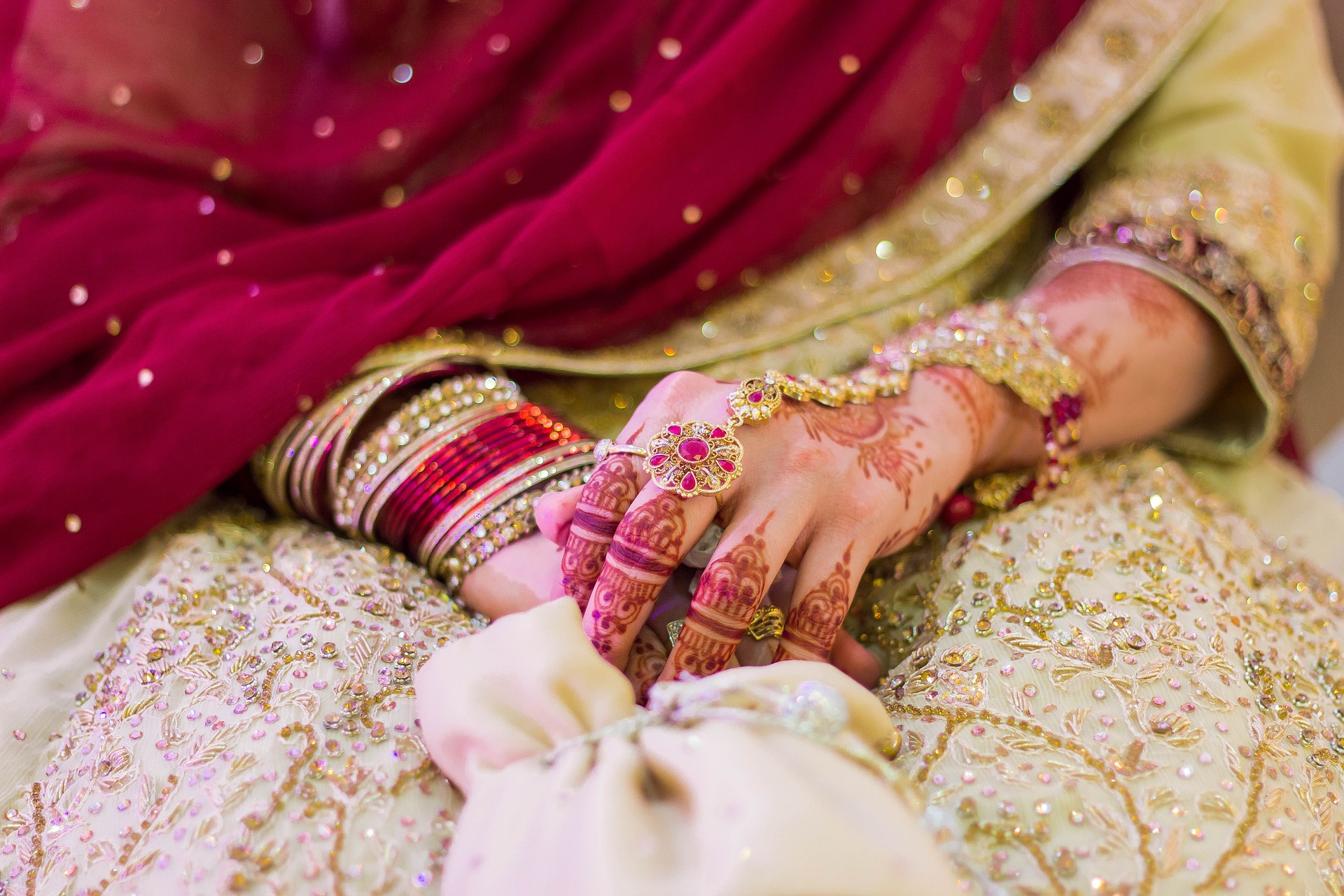Pakistan is the world’s third most dangerous country for women, according to a 2011 expert poll conducted by the Thomson Reuters Foundation Poll. It noted the over 1,000 women and girls killed in “honour killings” every year, as well as the fact that 90% of Pakistani women are victims of domestic violence.
The predicament of Pakistani women is often associated with religious persecution, but the reality is far more nuanced. In strictly patriarchal nations like Pakistan, a particular worldview is profoundly instilled. Poor and illiterate women must fight for basic rights, recognition, and respect on a daily basis. Even though these women are typically the breadwinners for their families, they must live in a culture that defines them by the male roles in their lives. In Pakistan, women’s position varies depending on their social level and geography. It is mostly determined by socioeconomic development disparities. Women’s standing has been greatly influenced by patriarchal and cultural practices. The quest for equal rights and to close socioeconomic gaps dates back to Pakistan’s founding. Fatima Jinnah, a notable leader, founded a women’s movement to combat the avaricious situation among women. Nonetheless, the country’s scenario vociferously admits the worst state of women, as well as the country’s developmental stage.
There is a reason why the impoverished are unable to educate their children; they simply cannot afford it. It’s not that they don’t want to learn; it’s just that they can’t. If you’re poor and illiterate in Pakistan, you’re just waiting for your life to expire; each day is spent trying to find the motivation to live.
“My parents tell me to leave and to work it out with Farooq as they believe a divorced daughter is a burden even though our home runs on my income. In our culture, women look best in their homes with their husbands. Parents feel weighed down when they return home. I never belonged in my own home or my husband’s home. I want a new beginning; I want to show all those people that hurt me that I can create a whole new life on my own; if not for myself, then for my children.” – Salma, age 39 ( Source: The Atlantic)
Two guys raped a mother driving her two young children on a highway after she ran out of gas a few years ago, and one of Pakistan’s most senior police officers accused her for soliciting the assault by driving at night. A storm of protest erupted, drawing national attention to gender-based violence, including attacks on transgender women.
The highway attack was one of several crimes that have re-ignited a national conversation on gender-based violence that has mainly remained reactive in nature over the years. The government passed a new anti-rape code, guaranteeing harsher punishments for perpetrators such as chemical castration and faster rape prosecutions in special courts. Similarly, the increase in violent attacks on women during COVID has prompted calls for national hotlines, shelters, legal assistance, and psychosocial care for victims. Despite how important these steps are, the country’s response still fails to go beyond reaction to prevention by addressing the causes of violence against women.
Women’s exclusion from Pakistan’s social, political, and economic institutions is a structural cause of unfairness that puts them at risk of violence. Girls and women have a literacy rate that is 22% lower than men. Women make up 49% of Pakistanis, yet they only make up roughly 22% of the labour force and receive only 18% of the country’s GDP. Only 5% of senior leadership positions in the economy are held by women. Women vote far less frequently in both rural and urban areas, and they make up barely 20% of the legislature. Women make up less than 2% of the police force, and they are disproportionately underrepresented in the country’s higher courts.
Financial dependency on dads, brothers, or husbands is a major factor of women’s vulnerability to violence. Women are assigned all household responsibilities by tradition, and they are discouraged from working outside the home. Women are excluded from both the official and informal economies by unfriendly work settings and public spaces. The few women who do work primarily operate in the informal economy, where earnings are pitiful and economic vulnerability to exogenous shocks such as the pandemic is greater. Men’s monopoly on household money and assets, combined with the assumption that women must suffer violence in order to keep the family together, makes women not only more vulnerable to violence but also unable to flee it.
The patriarchal beliefs of Pakistani society exacerbate these gender discrepancies. These ideas invariably pervade political and state institutions. The blame of the lady raped on the highway by a police official demonstrates the systemic misogyny that pervades state institutions and the political milieu. As a result, despite the fact that federal and provincial governments have passed laws prohibiting child marriage, workplace harassment, domestic violence, “honour” killings, and acid assaults against women, these laws are routinely ignored.
The Way Forward
In Pakistan, a broader shift in gender perspectives is thus critical—a goal for which the Aurat March has been rallying men and women since 2018. While the Aurat March has focused on organising individuals from marginalised groups such as low socioeconomic groups and religious minorities, it has only been held in a few cities. It has struggled to gain traction in rural areas, where gender disparities are even more pronounced.
Female empowerment is slowly but steadily gaining traction in Pakistan, thanks to piecemeal legal reforms. Every day, you’ll come across remarkable ladies. Employers who are sympathetic, as well as other women who have fared better, may provide safety and aid. Women’s empowerment is promoted by NGOs and philanthropic groups, however, not all women take advantage of these resources. They are afraid of upsetting their husbands, attracting unwelcome attention, or jeopardising their families’ honour, or they are just unaware that help is available. Many women are too uninformed to know their rights, with female literacy at 36%.

